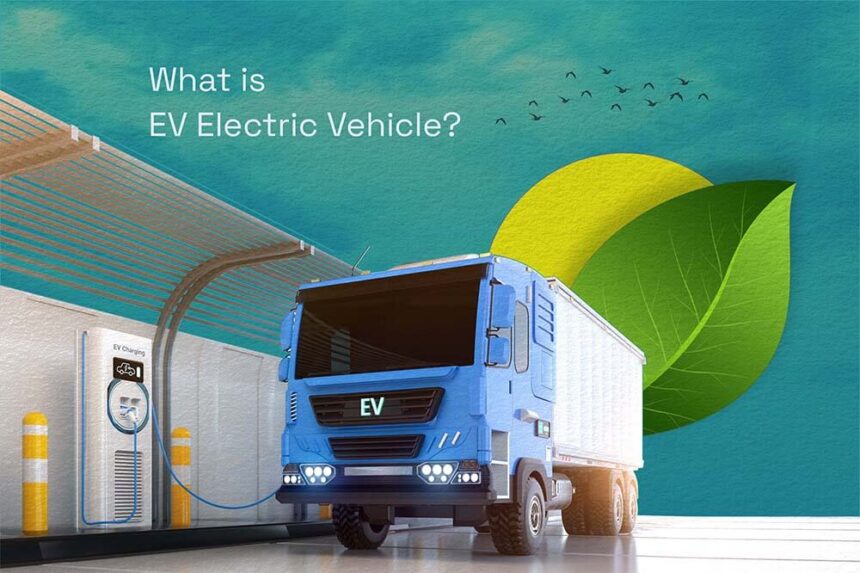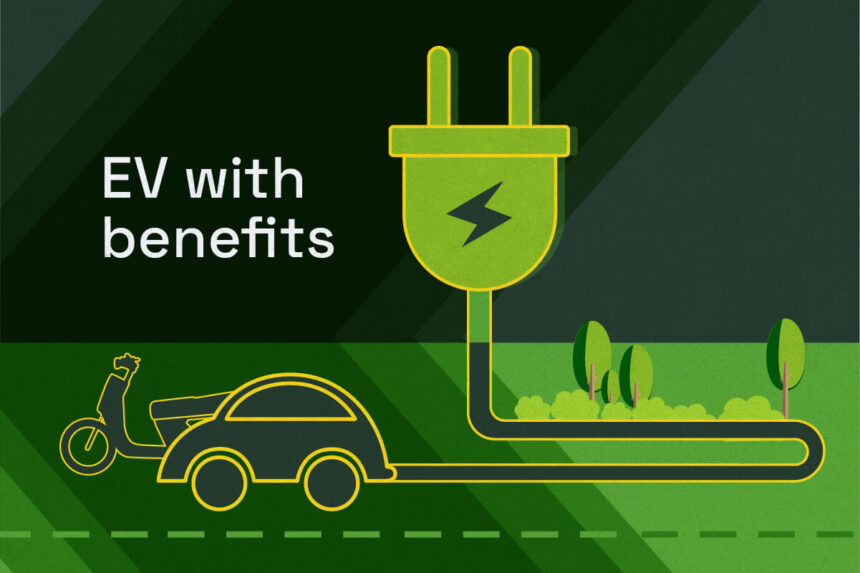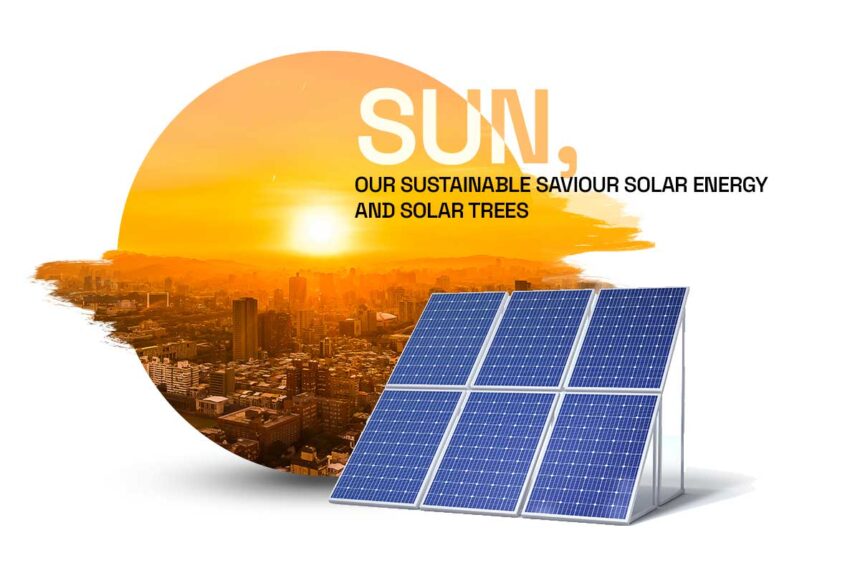Solar energy has become a popular and sustainable alternative for homeowners as the globe shifts to renewable energy sources. You can cut your electricity costs and carbon footprint considerably by installing your own solar panels. You can plan buy and install a DIY solar panel system with the help of this guide.
1. Determine Your Needs for Energy. Its critical to comprehend your energy usage before beginning any installation. Examine your electricity bills to find out how much you use on average each month. This will assist you in determining the necessary size of the solar panel system.
2. Assess the Applicability of Your Roof. To accommodate solar panels your roof needs to fulfill certain requirements. Orientation: For optimal sun exposure your roof should ideally face south (in the Northern Hemisphere). Tilt: It is best to tilt at an angle of 15 to 40 degrees. Shade: Check to make sure your roof is not shaded by any trees or structures.
3. Determine the System Cost and Size. Determine how big you want your solar panel system to be based on your energy consumption. About 4-5 kWh are produced daily by a 1 kW system. The required number of panels can be found using online calculators. All of the panels inverters mounting hardware and wiring should be included in your budget. To cut costs search for regional incentives and tax credits.
4. Select the Correct Elements. For a do-it-yourself solar project youll need:. Select solar panels from reliable manufacturers that offer high efficiency. An inverter transforms DC power from solar panels into AC power for use in your house. Security of your panels attachment to your roof is guaranteed by the mounting hardware. The wiring in your home establishes a connection between the inverter and the panels. Monitoring System: Keeps tabs on the operation of your system.
5. Establish the mounting system. First things first: use safe ladders and wear the proper gear. Place the mounting hardware on your roof and secure it. Make sure they are fastened and positioned appropriately to endure wind and weather. If you want an exact installation follow the manufacturers instructions.
6. Set up the solar panels. After installing the mounts carefully raise the solar panels up onto the roof. Mounting hardware should be fastened to them. Make sure theyre securely fastened and oriented correctly to receive the most sunlight possible.
7. Configuring the Systems Wire. Use the proper wiring to connect the solar panels to the inverter. Provide weather protection for the cables by passing them through a conduit. The electrical panel in your house should be connected to the inverter. To guarantee safety and adherence to regional codes this step frequently calls for the services of a certified electrician.
8. Make a Grid connection. Your utility company must approve any plans you have to connect your solar system to the grid. Inspect your system and turn in the required paperwork. After approval you will be able to use your system to generate electricity and possibly even send excess energy back to the grid which will result in credits on your electricity bill.
9. Check the functionality of your system. To make sure everything is operating properly after installation test your system. Examine the output of every panel and keep an eye on the inverters functionality. Track energy production using the monitoring system to identify any problems early on.
10. Take Care of Your Solar Panels. Maintenance on a regular basis guarantees peak performance:. Clean Panels: Debris and dust can cause efficiency to drop. When necessary use water and a soft brush to clean the panels. Examine Often: Look for any wear and tear or loose connections. Track energy production and spot any declines in performance using your monitoring system to keep an eye on performance.
Conclusion
It can be a satisfying and economical project to install your own solar panels. With a few simple steps you can use solar energy to power your home with clean sustainable energy. Despite the satisfaction that comes with doing projects yourself dont be afraid to ask for professional assistance for more difficult jobs or if you have any questions about any aspect of the installation procedure. Cheers to using solar energy!






